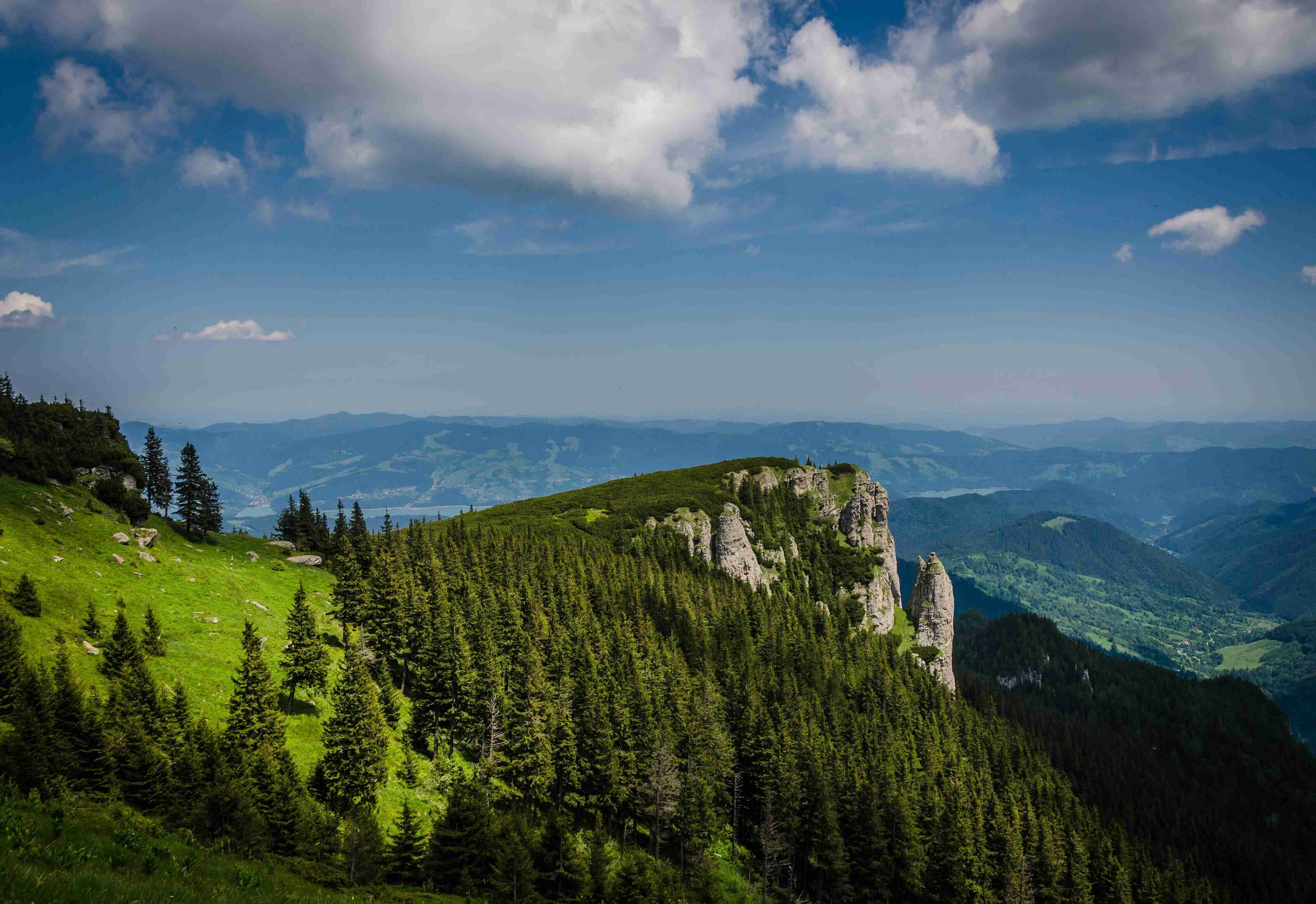

StudioBinder's Guide to Camera Shots: This comprehensive guide covers over 50 types of camera shots and angles, explaining their usage and impact in storytelling. https://moviemaven1105.blogspot.com/ Adobe's Overview of Shot Types: Adobe offers insights into different camera shots, angles, and techniques, helping you understand how to effectively tell your story through visual composition.
Understanding camera shots and angles is essential for effective visual storytelling in film and photography. Both StudioBinder's Guide to Camera Shots and Adobe's Overview of Shot Types provide valuable insights into this topic, detailing various types of shots and their narrative impacts.
Types of Camera Shots
Camera shots are categorized based on their framing and distance from the subject. Here are some key types:
- Extreme Wide Shot (EWS): Often used for establishing scenes, this shot captures a vast area, giving context to the location. For instance, a panoramic view of a city skyline can set the stage for an urban drama.
- Wide Shot (WS): This shot includes the entire subject and a significant portion of the surrounding environment. It is commonly used to show the scale of action. For example, in a chase scene, a wide shot can depict both the protagonist and the obstacles in their path.
- Medium Shot (MS): Typically frames the subject from the waist up, this shot is effective for dialogue scenes, allowing viewers to see both the characters and their gestures. It strikes a balance between the subject and their surroundings.
- Close-Up (CU): Focusing on a specific detail, such as a character's face, this shot conveys emotion and intimacy. In a dramatic moment, a close-up can enhance the viewer's connection to the character's feelings.
- Extreme Close-Up (ECU): This shot zooms in on a specific feature, such as an eye or a hand, emphasizing minute details that can carry significant narrative weight.
Angles and Perspectives
The angle from which a shot is taken can drastically alter the perception of the scene. Here are some common angles:
- High Angle: Shot from above, this angle can make the subject appear smaller or weaker, enhancing feelings of vulnerability. For example, a character looking up from the ground can create a sense of despair.
- Low Angle: Conversely, a low angle shot looks up at the subject, making them appear larger and more powerful. This is often used to portray authority or menace.
- Over-the-Shoulder Shot: This shot frames the perspective of one character, showing the back of their head while focusing on what they are looking at. It is commonly used in conversations to establish a connection between characters.
- Bird’s Eye View: This extreme high angle shot provides a unique perspective, often making the subject seem insignificant in the grand scheme of things. It can be used to depict chaos or to create a sense of isolation.
Impact on Storytelling
Each type of camera shot and angle serves a specific purpose in storytelling:
- Establishing Context: Wide and extreme wide shots are instrumental in setting the scene, giving viewers a sense of place and mood.
- Character Development: Close-ups and medium shots help to build emotional connections between the audience and characters, allowing viewers to empathize with their struggles and joys.
- Tension and Drama: Strategic use of angles, such as high and low shots, can create visual tension, influencing how the audience perceives the dynamics between characters.
Conclusion
In conclusion, mastering the various types of camera shots and angles is crucial for effective storytelling in visual media. Both StudioBinder and Adobe provide comprehensive resources that can help filmmakers and photographers understand and utilize these techniques to create compelling narratives. By thoughtfully selecting shots and angles, creators can significantly enhance the emotional impact and clarity of their stories.
Related Posts
© 2025 Invastor. All Rights Reserved

User Comments